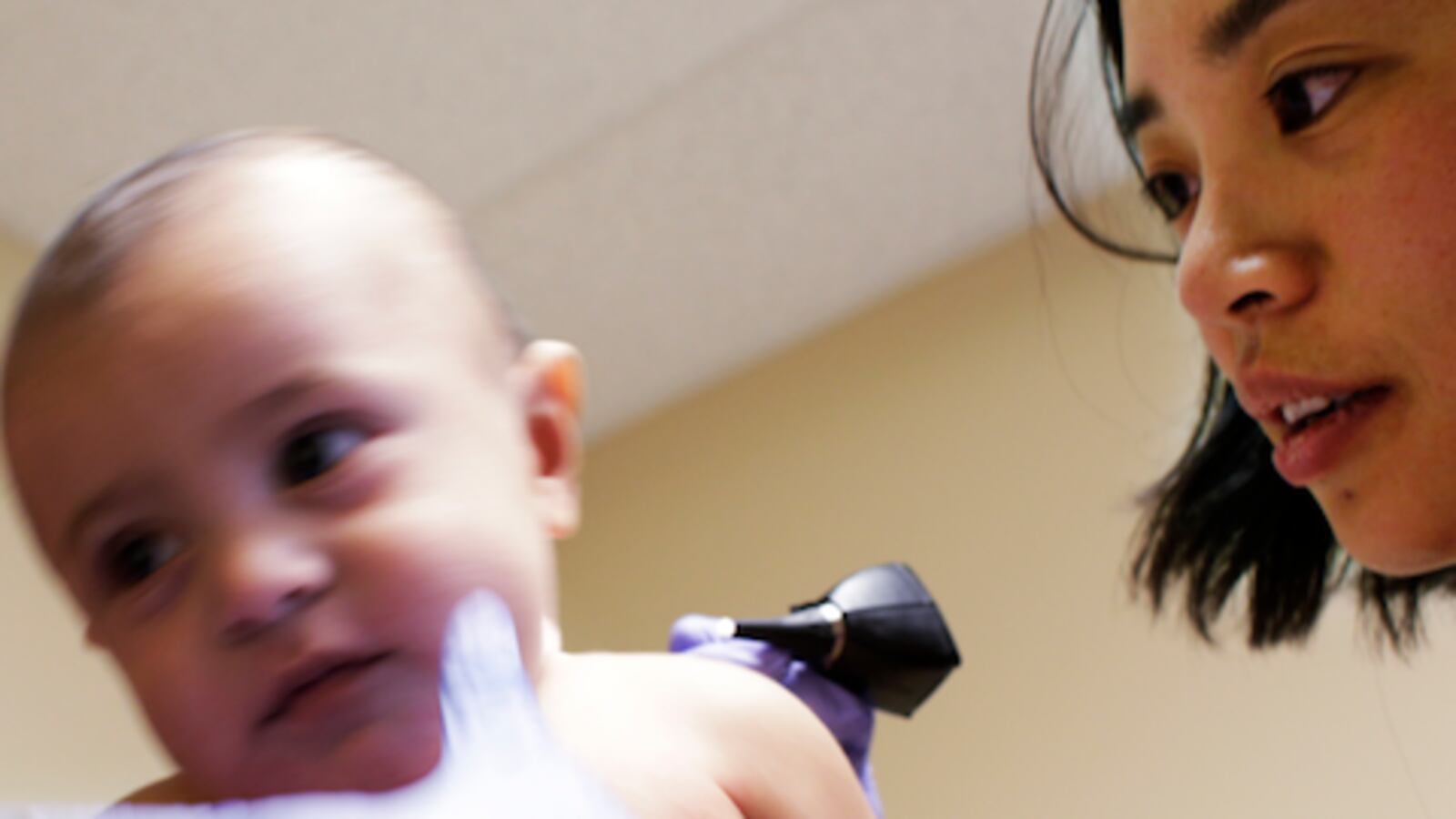A change in New York state’s Medicaid reimbursement rules could reduce low-income students’ access to healthcare at hundreds of school-based clinics in New York City — and advocacy organizations are looking at ways to mitigate potential funding shortfalls.
The new rules will create a more complicated reimbursement process, which may cause some providers to shut down or reduce the services they offer, said Lorraine Gonzalez, director of health policy for the Children’s Defense Fund New York.
School health providers, for instance, will have to negotiate individual contracts with multiple “managed care organizations” which distribute Medicaid funds, instead of using a “fee-for-service” model. The new rules also create a new credentialing process for school-based health workers.
There are 145 school-based health centers in New York City covering 345 schools, and they offer everything from physicals and vision checks to help managing chronic conditions. In some cases, they are part of the city’s community schools, which offer students extra social services and other supports.
“There’s been a lot of negotiating at the table — the state has done a great job hearing from all parties,” Gonzalez said. But she warned, “If we don’t mitigate the risks of closures, then you’ll have kids living in poverty with fewer resources for pediatric care.”
This week, CDF released policy recommendations to prevent potential closures or reductions in services that could be created by a more complicated reimbursement process. Medicaid is the largest third-party funding stream for school-based health providers, which tend to be stationed in schools with higher proportions of poor students and students of color, Gonzalez said.
The changes in Medicaid rules won’t take effect until July 2017, but the Children’s Defense Fund issued a series of recommendations this week. You can read them here, or read this CDF report for more details.

